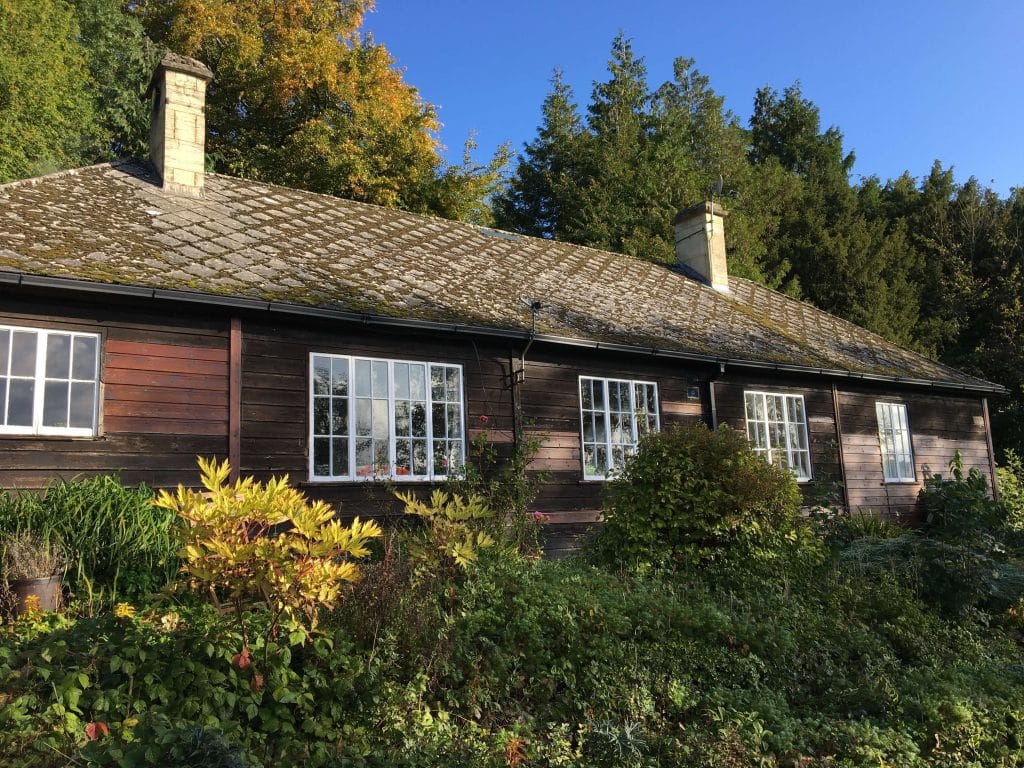Significantly Larger Replacement Dwelling Allowed in an AONB
Local Planning Authorities, particularly in rural areas, often have a Replacement Dwelling Policy that states the new dwelling cannot be significantly larger than the existing one.
However, a recent appeal decision for a replacement dwelling in Wiltshire has demonstrated that, contrary to many Development Plan Policies on this subject, a dwelling can be demolished, and a significantly larger replacement can be erected in its place – even in an Area of Outstanding Natural Beauty (AONB).
Not being allowed a larger replacement dwelling is something developers have struggled with in recent times. This is because such Replacement Dwelling Policies are often applied too literally and in so doing, they prevent the rejuvenation of the housing stock by discouraging the redevelopment of older dwellings that are often not fit for modern living, even when the visual impact of a larger dwelling would be low or even negligible.
Fortunately, one Planning Inspector has overturned a refusal of a replacement dwelling where the relevant policy had been applied too literally and failed to assess the proposal contextually on its own merits.
The site is question is located in the North Wessex Downs AONB and it related to a 3-bed thatched cottage with the first floor built within the roof space. The application proposed a ‘pseudo-Georgian’ manor house with two full storeys with the roof hidden behind a parapet.
The Inspector noted a ‘technical conflict’ with the Replacement Dwelling Policy because the new dwelling would be larger than the existing one. However, the Policy gave no clear justification for the requirement for replacement dwellings to remain a similar size to the ones they replace where there would be no demonstrable harm to the character and appearance of the area.
The Inspector had previously concluded that the larger replacement dwelling would cause no visual harm compared with its predecessor. Consequently, they gave little weight to the Replacement Dwelling Policy and the appeal was allowed.
This reiterates that proposals for replacement dwellings should always be assessed in their context and the fact the replacement dwelling is larger than its predecessor can indeed be permitted, even when there is an extant Policy stating otherwise, providing the new dwelling is not visually harmful.
It also highlights that many Replacement Dwelling Policies should not be taken literally, which often deters developers from even entertaining the possibility of building a replacement dwelling.
If you are considering a replacement dwelling and would like to know the likelihood of obtaining planning permission, please feel free to get in contact with us.
